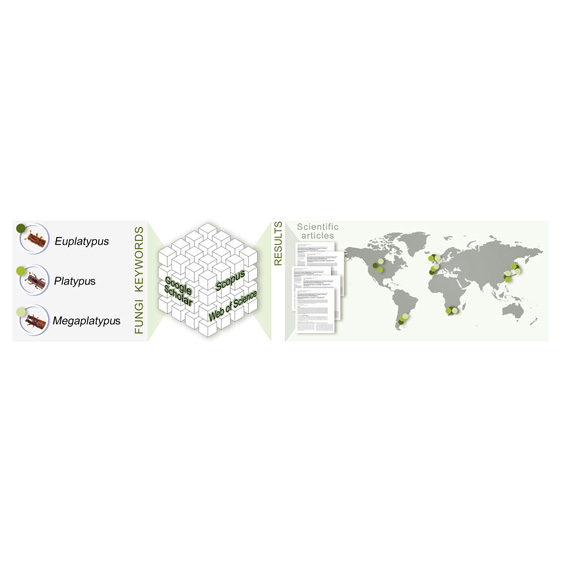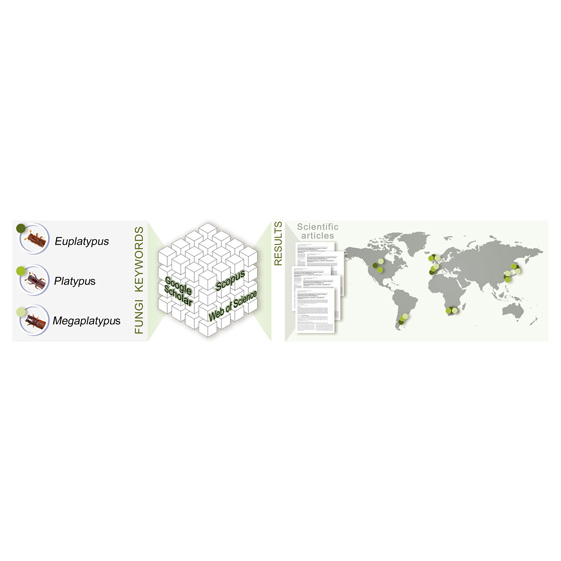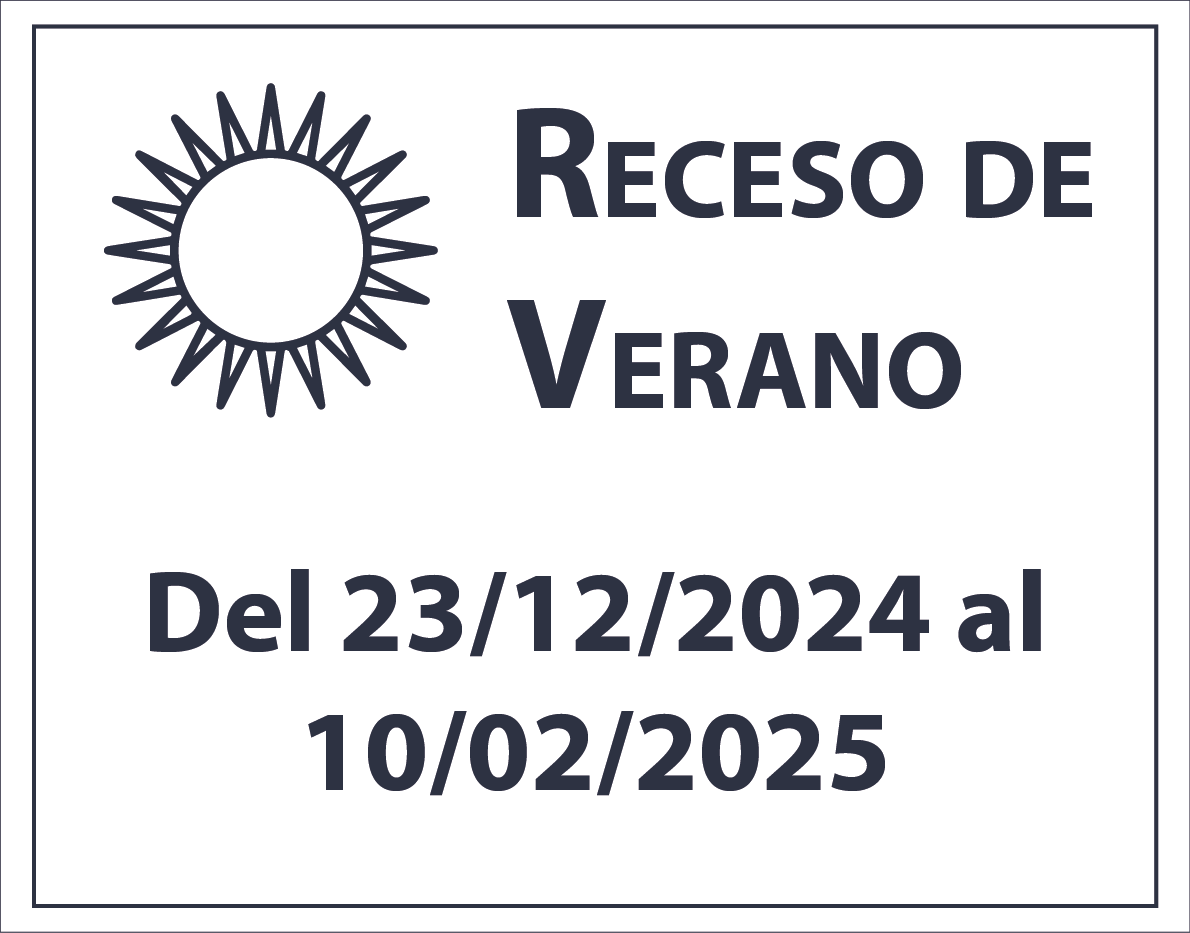Trends and research hotspots in principal genera of Platypodinae-fungi association: a bibliometric analysis on Euplatypus, Megaplatypus and Platypus (Coleoptera: Platypodinae)
DOI:
https://doi.org/10.48162/rev.39.145Palabras clave:
ambrosia, escarabajos, Fusarium, Graphium, Raffaelea, Google Scholar, Scopus, Web of ScienceResumen

Ambrosia beetles of the subfamily Platypodinae are symbiotically associated with fungi, which provide them with food and benefit their establishment and growth. In the present study, our interest centers on the principal genera of Platypodinae: Euplatypus, Megaplatypus and Platypus, the most relevant symbionts being species of Fusarium, Graphium and Raffaelea. The objective of this work is to update the description of fungal associations on those species of interest to the scientific community, ONGs and funding institutions. An exhaustive search was performed to cover all scientific studies from 1900 to 2024 on the co-occurrence or relationship between members of the above-mentioned Platypodinae and fungi. Records of insect and fungal species, host plants and geographic locations were collected. A bibliometric analysis was conducted to characterize the overall status, general trends and current research hotspots of fungi associated with these ambrosia beetles. Eighty percent of the publications retrieved explored the association of Platypus spp. with different fungi. Raffaelea was the fungal genus showing the highest number of records and worldwide distribution. Five countries from four continents currently lead research on these associations. However, greater insights into these interactions would improve decision-making on managing these pests.
Highlights:
- Raffaelea was the most frequently recorded fungal genus associated with Platypodinae, with a worldwide distribution.
- Reports of Fusarium associated with Platypodinae are concentrated in the Northern Hemisphere, indicating its significance within forest health.
- Argentina, Japan, Portugal, South Korea, and USA, among others -alphabetically- are the countries with the most publications of associations fungi-Platypodinae.

Descargas
Publicado
Número
Sección
Licencia
Derechos de autor 2018 Revista de la Facultad de Ciencias Agrarias UNCuyo

Esta obra está bajo una licencia internacional Creative Commons Reconocimiento-NoComercial-CompartirIgual 3.0.
Aquellos autores/as que tengan publicaciones con esta revista, aceptan las Políticas Editoriales.



